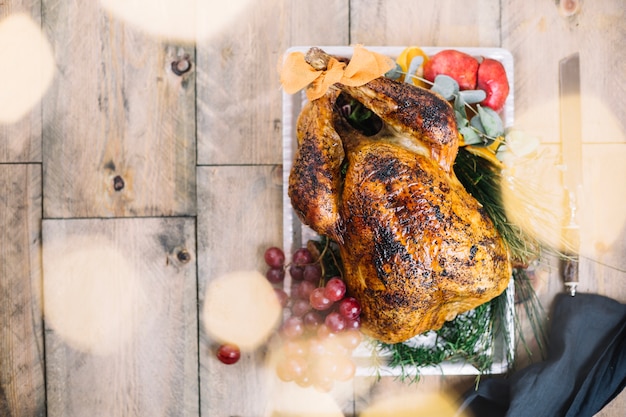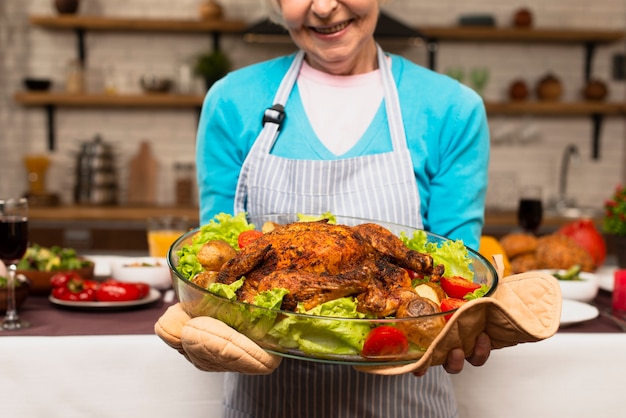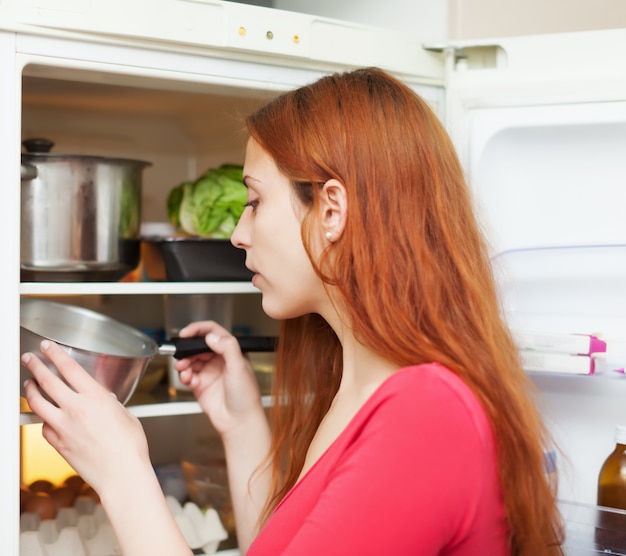(Part 1) Getting Started: The Basics

Why Microwave Chicken?
Let’s talk about why we might even consider microwave chicken. First off, it’s seriously fast. A quick microwave dinner can be a lifesaver when you're strapped for time. We’ve all been there, right? I mean, who doesn’t love the idea of a hot meal in a matter of minutes?But it's not just about speed. It's also about convenience. No oven preheating, no greasy pans. Just pop your chicken in the microwave, and it’s ready to go. And let’s be real, cleaning up is a dream. Who wants to deal with a messy oven or a greasy pan? Not me!And let's not forget, microwave chicken can be incredibly tasty if you get the technique right. It’s all about mastering the art of the microwave.Choosing the Right Chicken
Choosing the right chicken is crucial. I'm a big fan of boneless, skinless chicken breasts or thighs. They cook up quickly and are perfect for a microwave meal. If you're feeling adventurous, you can try drumsticks or wings, but those will take a little longer.One thing to remember: always use fresh or properly thawed chicken. frozen chicken is a big no-no for the microwave. It just won't cook evenly and could lead to a raw centre. We're talking about food safety here, folks.Setting Up for Success
You’ll need a microwave-safe container. I'm partial to a glass dish with a lid. It lets me keep an eye on the chicken while it's cooking and helps trap the moisture. But if you’re using plastic, make sure it's explicitly labelled as microwave safe. We don’t want any melted plastic disasters.And here's a key ingredient you might not expect: liquid. You need liquid to help the chicken cook evenly. I usually go with chicken broth or water. But if you want to get fancy, you can use wine or lemon juice for a little extra flavour.Safety First: Temperature Check
Now, let's talk about food safety. We've all heard about the dangers of undercooked chicken. No one wants to deal with food poisoning. So, how do you know if your chicken is cooked through? It’s simple: a meat thermometer.Always use a meat thermometer to ensure your chicken reaches a safe internal temperature of 165°F (74°C).(Part 2) Microwave Chicken: cooking techniques

The No-Frills Method
This is the basic, no-fuss method for those who want a quick and simple meal.- Place your chicken in a microwave-safe dish.
- Add a splash of liquid (broth, water) to the bottom of the dish.
- Cover the dish with a lid or microwave-safe plastic wrap, leaving a small vent for steam to escape.
- Microwave on high for 5-7 minutes per pound of chicken.
- Let the chicken rest for a few minutes before slicing and serving.
The Flavour-Boosting Method
This method is all about taking your microwave chicken to the next level.- Place your chicken in a microwave-safe dish.
- Drizzle some olive oil or butter over the chicken.
- Add your favourite herbs and spices (garlic powder, onion powder, paprika, thyme - the possibilities are endless!).
- Add a little bit of liquid (broth, wine, lemon juice) to the bottom of the dish.
- Cover the dish with a lid or microwave-safe plastic wrap, leaving a small vent for steam to escape.
- Microwave on high for 5-7 minutes per pound of chicken.
- Let the chicken rest for a few minutes before slicing and serving.
The Power of Marinade
If you're looking for a truly flavourful microwave chicken experience, marinating is the way to go. It adds a depth of flavour that just can’t be replicated with simple seasoning. I’m talking about a marinade with some real punch, not just a drizzle of lemon juice.I’m a fan of a soy sauce, honey, garlic, and ginger combo. But feel free to experiment! The possibilities are endless.- Marinate your chicken for at least 30 minutes, or even better, overnight.
- Place the marinated chicken in a microwave-safe dish.
- Add a little bit of liquid (broth, marinade) to the bottom of the dish.
- Cover the dish with a lid or microwave-safe plastic wrap, leaving a small vent for steam to escape.
- Microwave on high for 5-7 minutes per pound of chicken.
- Let the chicken rest for a few minutes before slicing and serving.
Microwave Chicken: Beyond Chicken Breasts
So, you’ve mastered the art of cooking chicken breasts in the microwave. But what about other cuts? whole chickens are best left for roasting, but thighs and drumsticks can be cooked in the microwave. Just remember, it’s all about getting those internal temperatures right. A meat thermometer is your best friend.For thighs and drumsticks, you might want to reduce the microwave power to medium-high to prevent overcooking. And be sure to check for doneness regularly. They might need a few extra minutes depending on the size. And again, that thermometer is key!Don’t forget about those wings! Microwave them for a quick snack or appetizer. Just make sure you check that internal temperature.(Part 3) Microwave Chicken: Beyond the Basics

Microwave Chicken: A World of Possibilities
Okay, you’ve got the basics. Now let’s get creative. Think stir-fry! Slice your chicken into bite-sized pieces and cook them in the microwave for a few minutes. Then add your favourite vegetables and sauce, and you’ve got a quick and easy meal.Need a salad topping? Microwave some chicken, shred it, and toss it into your salad. It's a great way to add protein and flavour to your greens.For those nights when you crave something warm and comforting, try a microwave chicken soup. Simmer your chicken in broth with your favourite vegetables and spices. You can even add noodles or rice for a more substantial meal.Microwave Chicken: Leftover Magic
Let's face it, leftovers are a part of life. But they don’t have to be boring. Leftover microwave chicken can be a real lifesaver. It’s perfect for sandwiches, salads, or even just a quick snack. Just make sure your chicken is stored properly in the fridge to prevent bacteria from growing.Microwave Chicken: The Verdict
So, is microwave chicken for everyone? Maybe not. It's not exactly gourmet, but it can be a lifesaver when you're short on time. If you're looking for a quick, easy, and safe way to cook chicken, microwaving might be perfect for you. Just remember the safety guidelines and don't be afraid to experiment. You might even discover your new favourite way to cook chicken!(Part 4) FAQs: The Common Questions About Microwave Chicken
What if My Microwave Chicken Doesn't Cook Evenly?
This is a common problem, and it’s often caused by overcrowding the microwave dish or not using enough liquid. Try spreading the chicken out in the dish and ensuring there's enough liquid to cover the bottom. You can always add a bit more water if needed.Is It Safe to cook frozen chicken in the Microwave?
No, absolutely not! Frozen chicken needs to be thawed completely before cooking in the microwave. Cooking frozen chicken could leave you with a raw centre, which is a major food safety risk.What if I Don't Have a Meat Thermometer?
It's always best to use a thermometer, but if you don't have one, you can try to check for doneness by cutting into the thickest part of the chicken. The meat should be white and opaque. But this method isn't as reliable as using a thermometer. If you’re in doubt, cook the chicken a bit longer.Is It Okay to Microwave Chicken with Bones?
It’s possible, but not ideal. Bone-in chicken takes longer to cook and can be more difficult to ensure it’s cooked through. It’s safer to stick with boneless, skinless chicken breasts or thighs for microwave cooking.Why Does My Microwave Chicken Sometimes Get Tough?
Overcooking is the most common culprit for tough microwave chicken. Make sure you’re not cooking it for too long and always check the internal temperature. You can also try using a lower microwave power setting.(Part 5) Microwave Chicken: The Last Word
So there you have it! A comprehensive guide to microwave chicken. It's not the fanciest cooking method, but it can be a lifesaver. Just remember the safety guidelines and don't be afraid to experiment. Who knows, you might even become a microwave chicken aficionado!(Part 6) Microwave Chicken: A Safety Reminder
Let’s be clear: food safety is paramount. Microwaving chicken is a convenient option, but it’s essential to follow safety guidelines to ensure your meal is safe and delicious. Here are a few key reminders:
- Always use a meat thermometer to ensure your chicken reaches the recommended internal temperature of 165°F (74°C).
- Don’t cook frozen chicken in the microwave. Always thaw it completely before cooking.
- Never microwave chicken in a sealed container. Leave a vent for steam to escape, or the container could explode.
- Be careful when handling hot chicken. Use oven mitts or pot holders to prevent burns.
- Store leftover chicken properly in the fridge to prevent bacteria from growing.
(Part 7) Microwave Chicken: A Quick Reference Table
Here’s a quick reference table to guide you through the microwave chicken process:
| Chicken Type | Microwave Time (per pound) | Cooking Power | Internal Temperature |
|---|---|---|---|
| Boneless, Skinless Breast | 5-7 minutes | High | 165°F (74°C) |
| Boneless, Skinless Thigh | 6-8 minutes | Medium-High | 165°F (74°C) |
| Drumstick | 8-10 minutes | Medium-High | 165°F (74°C) |
| Wing | 5-7 minutes | High | 165°F (74°C) |
(Part 8) Microwave Chicken: Beyond the Basics
Ready to take your microwave chicken game to the next level? Here are a few more tips and tricks:
- Add vegetables: Boost your meal with veggies like broccoli, carrots, or potatoes. You can cook them along with the chicken or add them towards the end of the cooking time.
- Experiment with sauces: Try different sauces like teriyaki, honey garlic, or lemon herb to add a burst of flavour.
- Use a marinade: Marinate your chicken for extra flavour and moisture. A simple marinade of soy sauce, honey, garlic, and ginger works wonders.
- Get creative: Don’t be afraid to experiment! Try different herbs and spices, and even try adding fruit to your marinade.
- Make a complete meal: Combine microwave chicken with rice, noodles, or other sides to create a satisfying meal.
Everyone is watching

Corn on the Cob: The Ultimate Guide to Perfectly Cooked Ears
Healthy MealsAh, corn on the cob. Just the name evokes images of sunny days, barbecues, and that sweet, juicy flavour that ...

Perfect Pork Roast Oven Cooking Time: A Guide to Delicious Results
Healthy MealsThere's something truly satisfying about a perfectly roasted pork. The aroma alone is enough to make your mout...

Ham Cooking Time: How Long to Bake, Smoke, or Boil a Delicious Ham
Healthy MealsAh, ham. It's a classic, isn't it? A real crowd-pleaser, especially around holidays. And when done right, it'...

Scallops: The Ultimate Guide to Perfect Cooking
Healthy MealsAh, scallops. Those delicate, sweet, and utterly delicious morsels of the sea. They hold a special place in my...

Spaghetti Squash: The Ultimate Guide to Cooking and Serving
Healthy MealsRemember that time you saw spaghetti squash at the supermarket, looking all bumpy and strange, and thought, "W...
